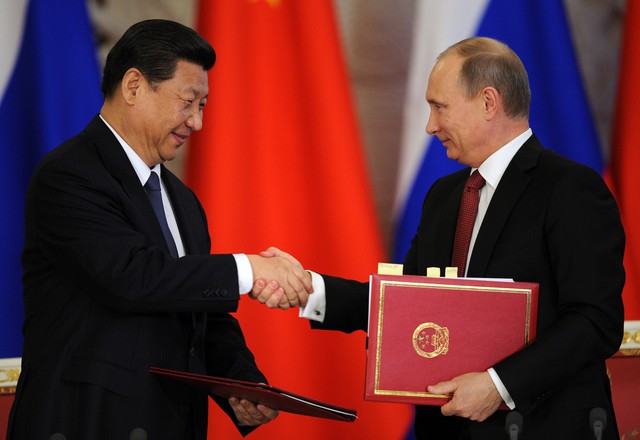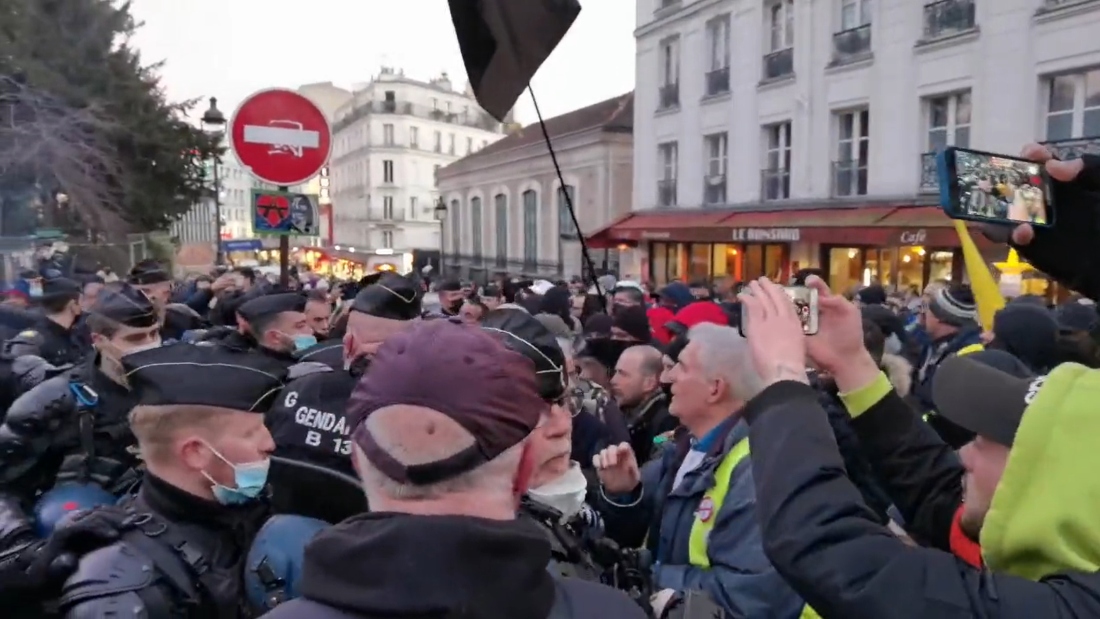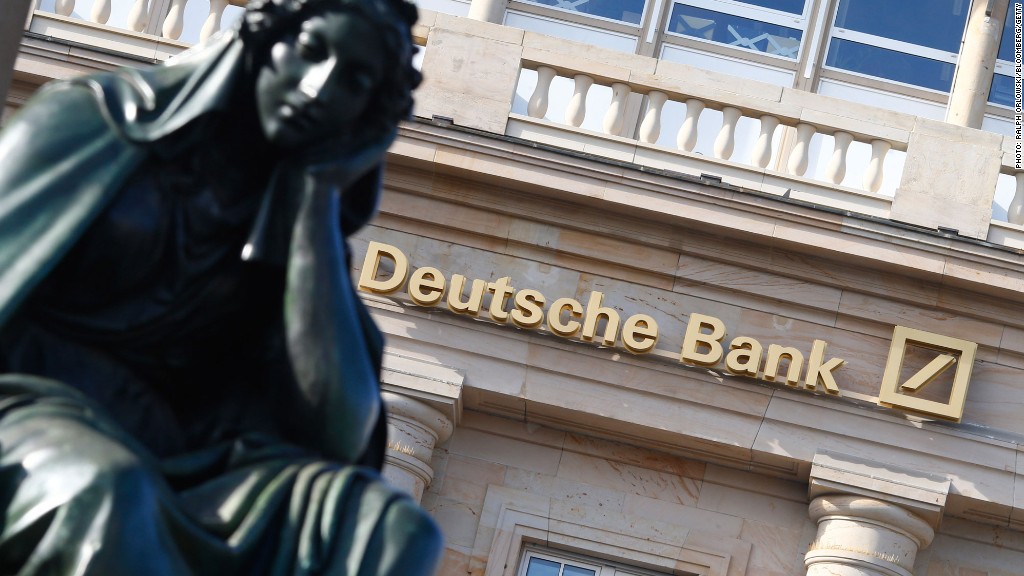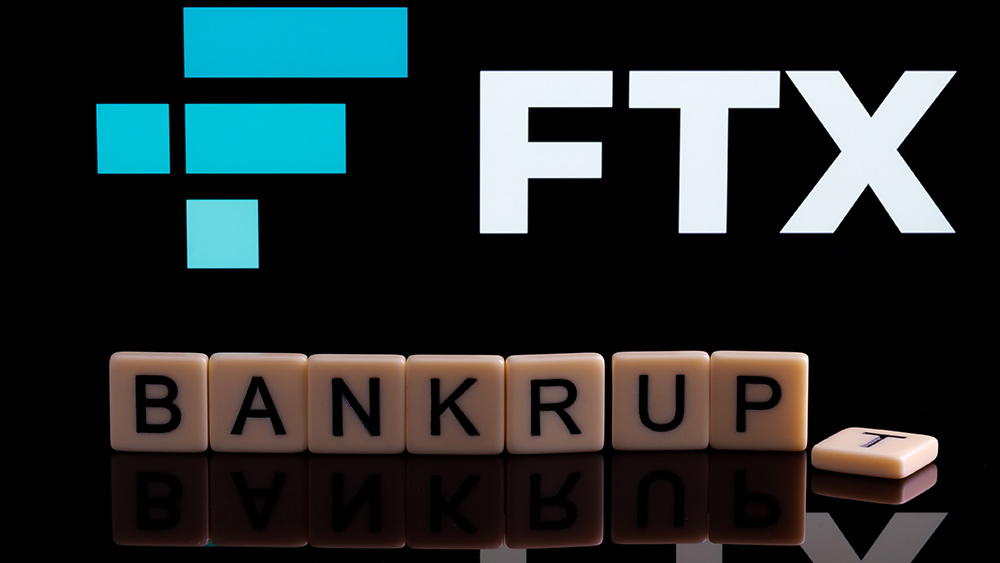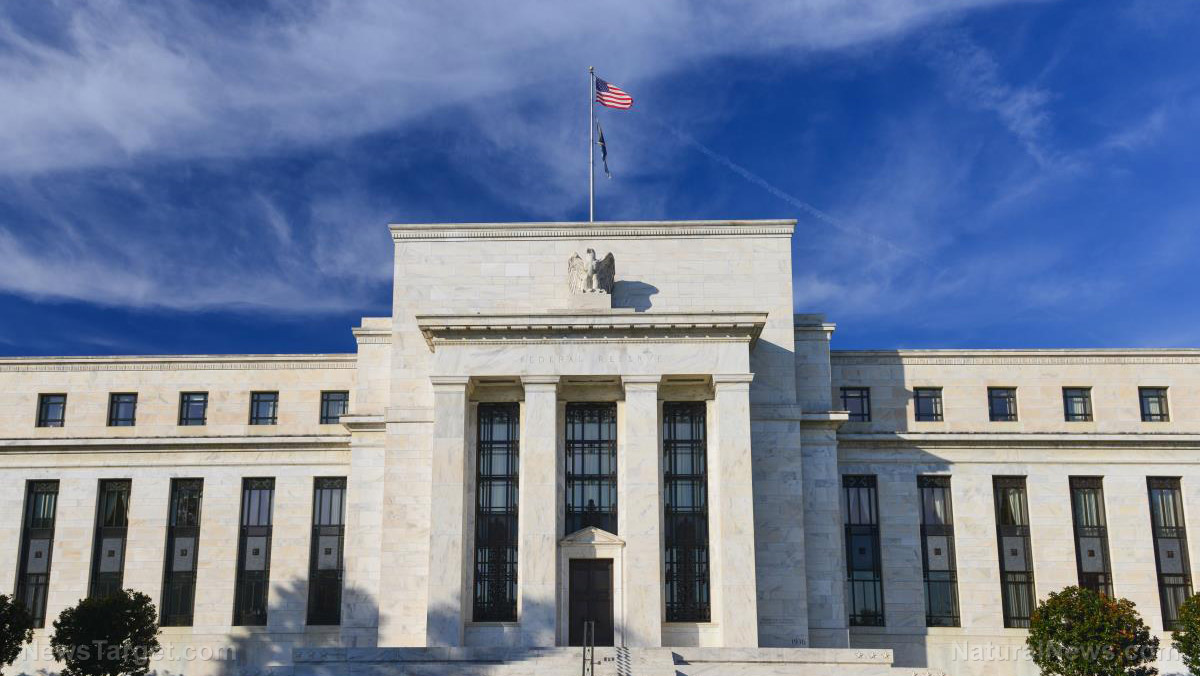Crypto exchange SUSPENDS trading of tokens for NYC and Miami
03/27/2023 / By Ramon Tomey
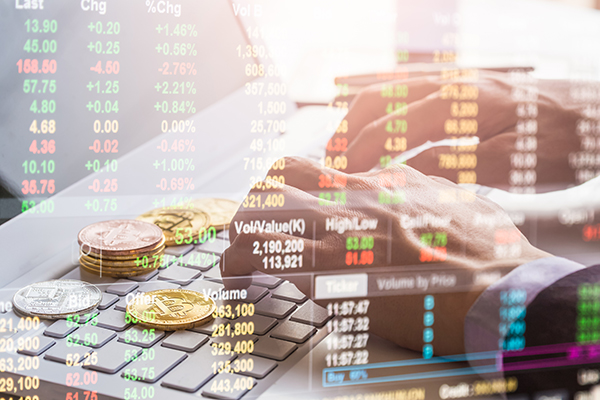
A cryptocurrency exchange suspended trading of two so-called “CityCoins” on its platform due to limited liquidity of tokens.
In a March 9 statement, crypto exchange Okcoin confirmed the suspension of trading for New York City’s NYCCoin and MiamiCoin for the city of Miami. Both the mayors of the Big Apple and the Magic City backed the crypto tokens, and even touted that the digital coins benefited their respective communities.
According to Okcoin, its security team noticed “unexpectedly low liquidity levels” for both tokens in January 2023. The statement added: “Our first response was to reach out to professional market makers about improving liquidity. However, it became clear that efforts to add liquidity would take time – leaving us with the suspension of trading as a last resort.” (Related: Cryptocurrency firm Midas Investments closes platform following losses in wake of FTX collapse.)
“The concern with low liquidity is that malicious, third party actors can manipulate prices, launder stolen funds and perpetrate other frauds. While none of these risks have occurred, we wanted to get ahead of any possible misconduct. So we moved immediately to address and stop these events from occurring.”
Okcoin’s suspension of trading for both tokens took effect on March 16, a week after the announcement was released. The coins were made unavailable for trading, selling or buying on that date. However, Okcoin said NYCCoin and MiamiCoin tokens can still be kept there or withdrawn and traded on another exchange.
The crypto exchange nevertheless assured token holders that trading for the CityCoins will be restored “as soon as possible” and it is “working to restore CityCoin trading on [its] platform.”
Portion of CityCoins allocated to city programs
Okcoin did not immediately respond to a request for comment, and the office of Miami Mayor Francis Suarez was not available as of writing. Meanwhile, a representative for the office of NYC Mayor Eric Adams said NYCCoin has “no affiliation” with the city.
A March 2022 blog post by Okcoin elaborated on CityCoins. The idea for the city-specific tokens came from localized money, examples of which include the gold florin. Originally from the Italian city of Florence, it was used as a currency in other places for four centuries.
In the modern era, Miami and NYC were the first cities to launch their own localized currencies in the form of NYCCoin and MiamiCoin. According to the blog, what makes the two city-specific tokens unique is that 30 percent of the money spent on mining these tokens goes to their respective cities as a donation. The city can then use the money however it sees fit.
“Since cities benefit from the mining process … they benefit even more as their CityCoin becomes more valuable,” said Okcoin. “This has been one of the more exciting areas for the CityCoin project as cities work with the community to create innovative ways to create value for their coins and for their citizens.”
In one example, the Magic City announced that the $5 million it earned from MiamiCoin mining proceeds would be used to fund a needs-based rental assistance program. Pushing it even further, Suarez himself has even suggested that proceeds from mining the crypto token could be one way to reduce or even eliminate city taxes over time.
But with Okcoin suspending trade for the two city-specific tokens, it remains to be seen how these projects will continue.
Listen to Health Ranger Mike Adams explain how the attacks on crypto pave the way for the digital dollar.
This video is from the Health Ranger Report channel on Brighteon.com.
More related stories:
Black swan strikes USDC stablecoin following Silicon Valley Bank collapse.
Crypto lender Genesis Trading cuts workforce by 30% as FTX fallout spreads.
FTX contagion spreads as BlockFi crypto firm files for Chapter 11 bankruptcy.
Sources include:
Submit a correction >>
Tagged Under:
Bubble, CityCoins, Collapse, crypto exchange, cryptocurrency, Eric Adams, finance riot, Francis Suarez, liquidity, Miami, MiamiCoin, New York City, NYCCoin, Okcoin, risk, robot economy, token trading
This article may contain statements that reflect the opinion of the author
RECENT NEWS & ARTICLES
COPYRIGHT © 2017 RISK NEWS





